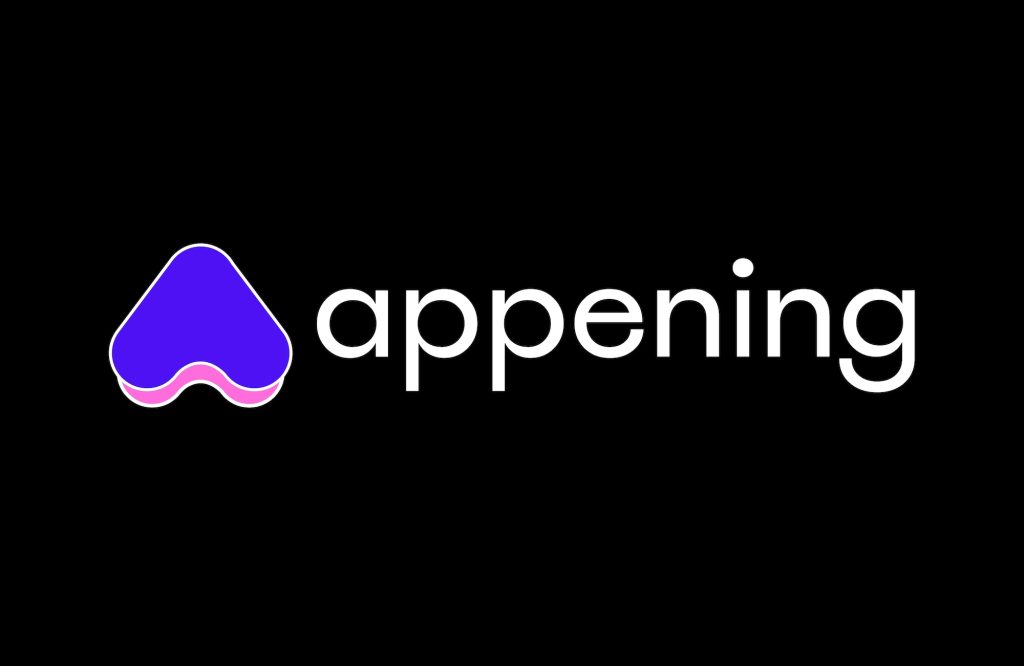The web is just going to get bigger, and somebody needs to make it. Figuring out how to create websites as a vocation has numerous points of interest:
Web Development is Flexible
Web development is an exceptionally adaptable activity that enables you to work how you need. You could join an organization and work as a feature of a group, or go solo and work as an independent designer. You could likewise work low maintenance as a developer as a method for getting extra wage close by your principle work.
Most designers do what they do in light of the fact that they adore it; web Development is much of the time referred to as a vocation with high occupation fulfillment rates. The main three purposes for this fulfillment are the work-life balance, work adaptability, and pay.
It’s Easy to Get Started
Beginning as a web engineer is simple; all you require is web access and some learning materials, which are promptly accessible on the web. The key things you have to begin is wanted; you must need it. The advancement you make will be to a great extent down to your capacity to rouse yourself and buckle down.
HTML, CSS, and JavaScript are the fundamental fixings, however, in case, you’re energetic there’s a mess more you should need to figure out how to facilitate your profession. You may wind up considering Ajax, PHP, Ruby, AngularJS, and then some.
These attitudes aren’t something you have to stress over a few seconds ago, however, what you do need to know is that there are a lot of chances to propel your abilities and turn out to be a greater amount of a specialist.
A little about the languages…
What is HTML?
Firstly, HTML is short for “HyperText Markup Language”. That may sound scary, but it simply means it is a language for describing web-pages using ordinary text. HTML is not a complex programming language.
Each and every website online is, at its most essential, an HTML record. The HTML code incorporates labels which advise the guest’s program on how to render the information on their screen, illuminating it when certain parts, for example, sections and pictures, begin and end.
What is CSS?
Cascading Style Sheets, fondly referred to as CSS, is a simple design language intended to simplify the process of making web pages presentable.
CSS handles the look and feel part of a web page. Using CSS, you can control the color of the text, the style of fonts, the spacing between paragraphs, how columns are sized and laid out, what background images or colors are used, layout designs, variations in the display for different devices and screen sizes as well as a variety of other effects.
Usually for in excess of one template to apply to a solitary HTML page; that is the place the “falling” part comes in. The falling piece implies that each CSS run can supersede past rules — the rules are basically positioned from general down to particular. The web program takes the most particular decide and uses that. It sounds convoluted, yet it’s not — and it spares designers a considerable measure of time.
What is JavaScript?
A website made utilizing HTML and CSS can look awesome, yet it’s simply static. To make it extremely intriguing, you should need to include some intuitiveness, for example, recordings, news channels, or liveliness. JavaScript advises the program on how to react when a client makes a move without the program asking the server. This spares time, includes additional ease of use, and gives web engineers far more noteworthy command over their websites.
Javascript is a dynamic computer programming language. It is lightweight and most commonly used as a part of web pages, whose implementations allow the client-side script to interact with the user and make dynamic pages. It is an interpreted programming language with object-oriented capabilities



